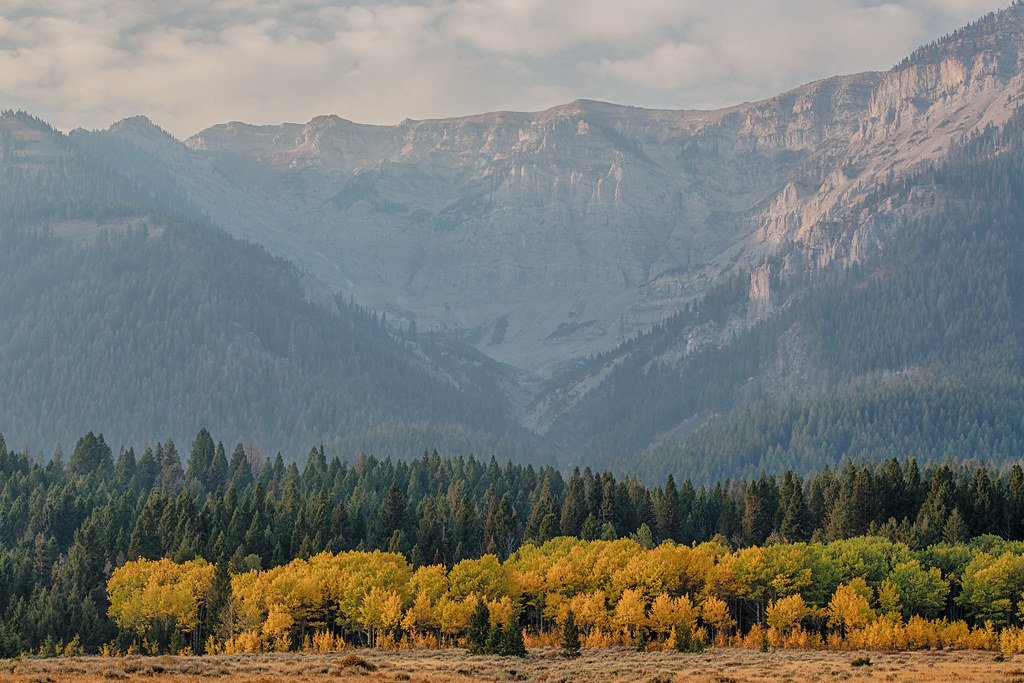Public lands in Montana are a testament to the state’s vast natural beauty and rich ecological diversity. These lands have become a battleground for differing ideals and interests, each vying for control, preservation, or utilization. Understanding who truly owns and controls America’s wilderness is a complicated discussion involving various stakeholders like government entities, private landowners, and conservation groups. This article delves into the ongoing debate surrounding public lands in Montana, unveiling the myriad forces at play and the broader implications for the nation’s wilderness.
Introduction to Montana’s Public Lands
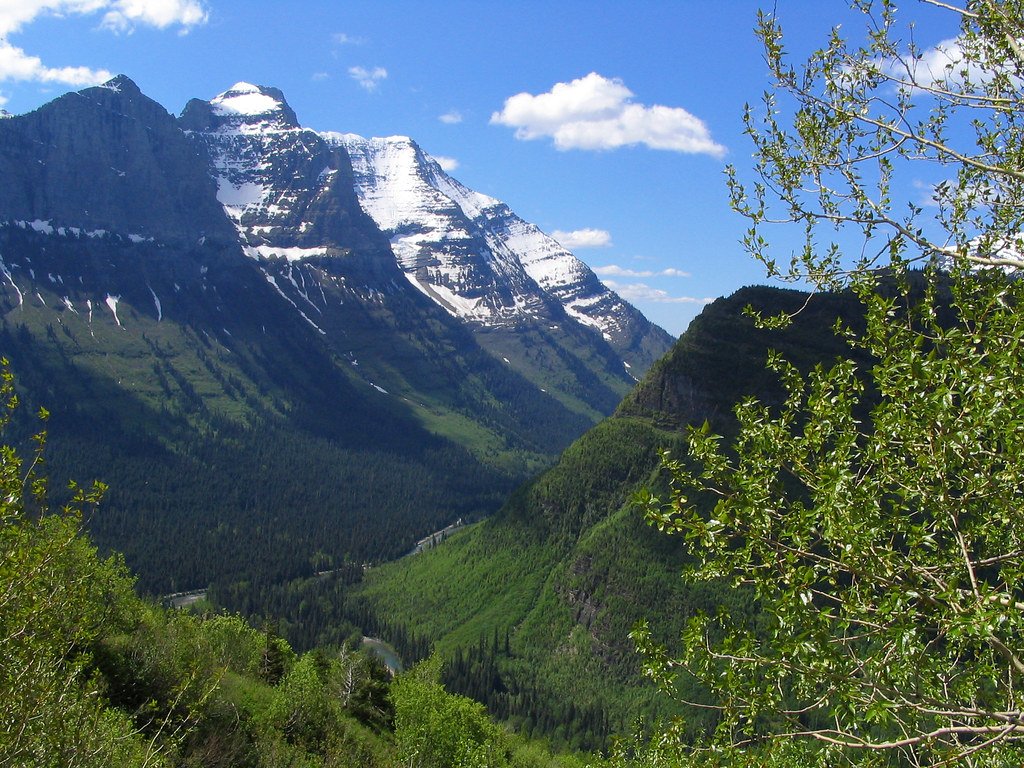
Montana’s public lands span millions of acres, encompassing national parks, forests, and wildlife refuges. These areas provide critical habitats for wildlife, offer recreational opportunities for the public, and serve as a vital part of the state’s economy. However, they are also at the heart of a contentious debate about their use and management.
The Historical Context
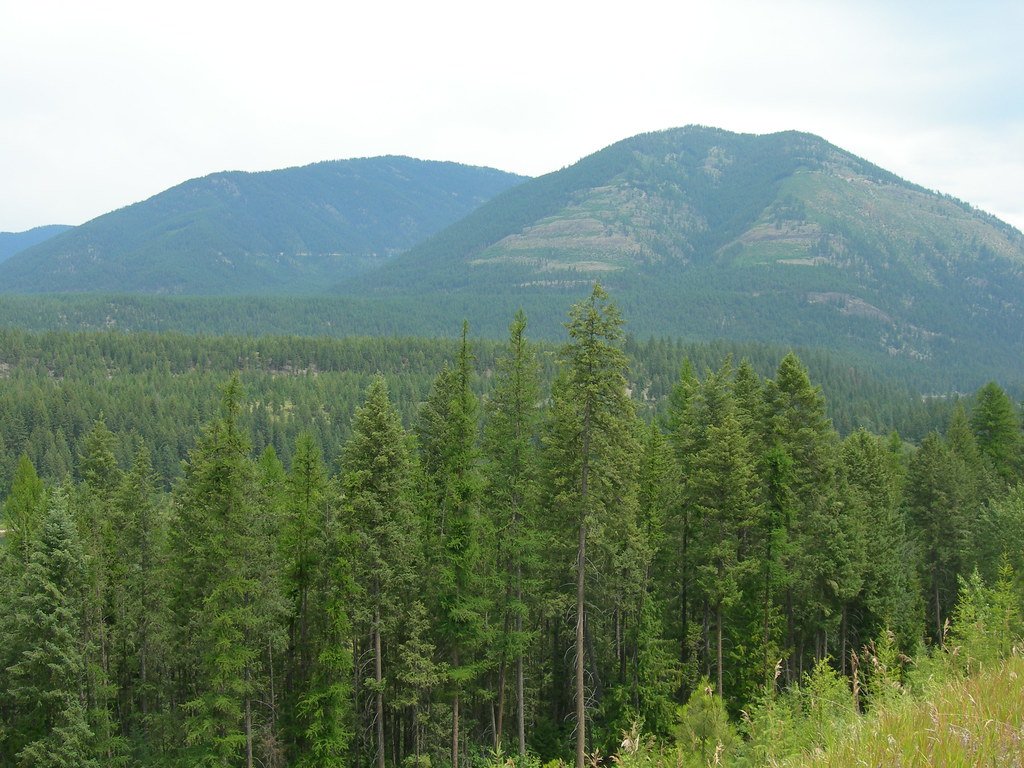
The question of who owns and manages public lands in Montana is rooted in historical land management practices. Initially, these lands were controlled by the federal government, with management falling under agencies like the Bureau of Land Management (BLM) and the United States Forest Service (USFS). Over time, debates emerged around transferring public lands to state control or even privatization, reflecting broader ideological divides.
Federal Versus State Control
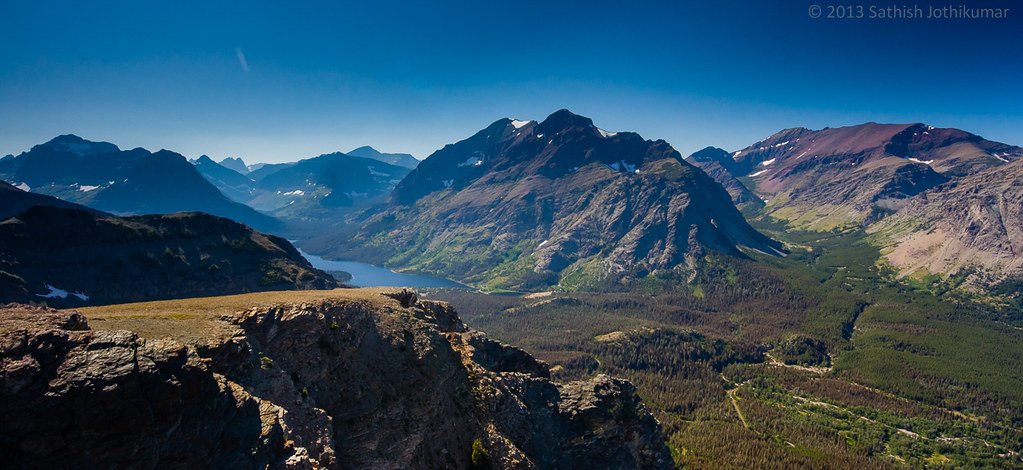
The crux of the public lands debate often centers around whether federal or state authorities should control these lands. Proponents of state control argue that local authorities better understand regional needs and can manage resources more efficiently. Meanwhile, federal control supporters emphasize the importance of maintaining a unified management approach to protect ecological integrity across state borders.
Economic Interests and Resource Extraction
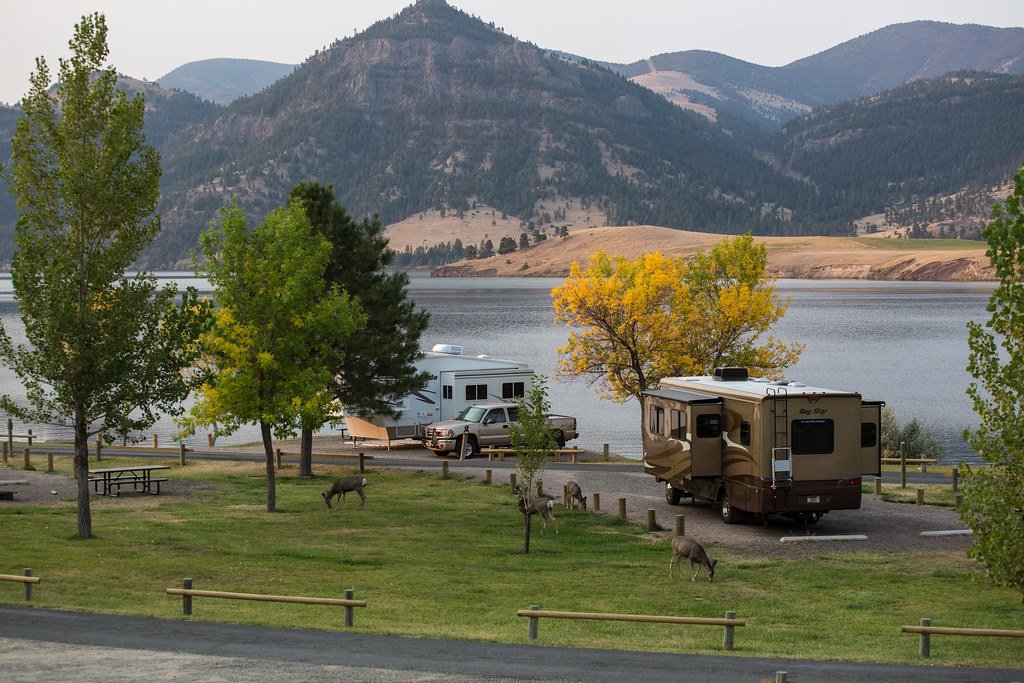
Montana’s public lands are rich in natural resources, including timber, minerals, and fossil fuels. This resource wealth has attracted commercial interests, leading to tensions between economic development goals and conservation values. The question of land ownership directly impacts the ability to access and extract these resources, adding an economic dimension to the debate.
Conservation and Environmental Concerns
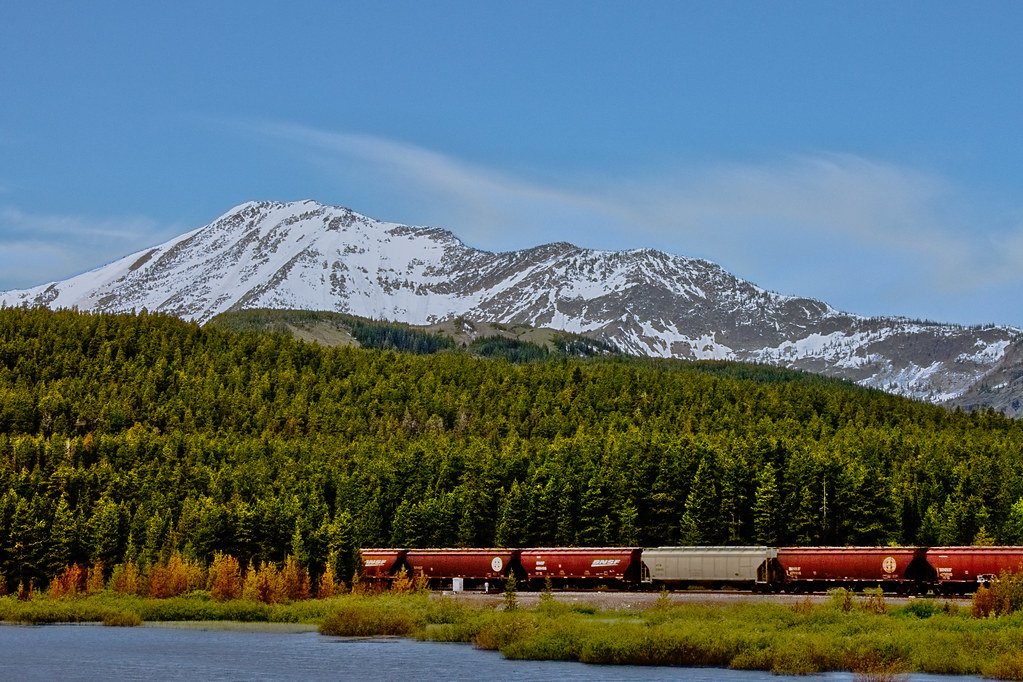
Environmental organizations and advocates strongly oppose any move towards privatization or expanded commercial use of public lands. They argue for keeping these lands under federal management to ensure stringent protection measures. These groups emphasize the importance of preserving ecosystems, biodiversity, and the health of natural landscapes for future generations.
Recreational Use and Public Access
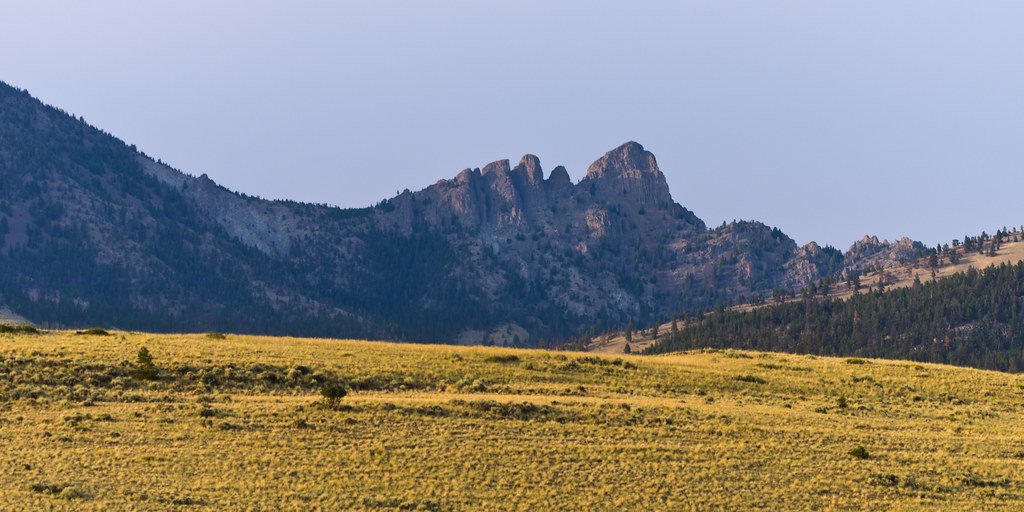
Public lands offer open access to outdoor recreation, including hiking, camping, fishing, and hunting. Many Montanans cherish these opportunities, viewing land access as a fundamental right. Changes in land ownership and management could potentially restrict these activities, mobilizing local communities and outdoor enthusiasts to enter the debate.
Cultural and Indigenous Perspectives
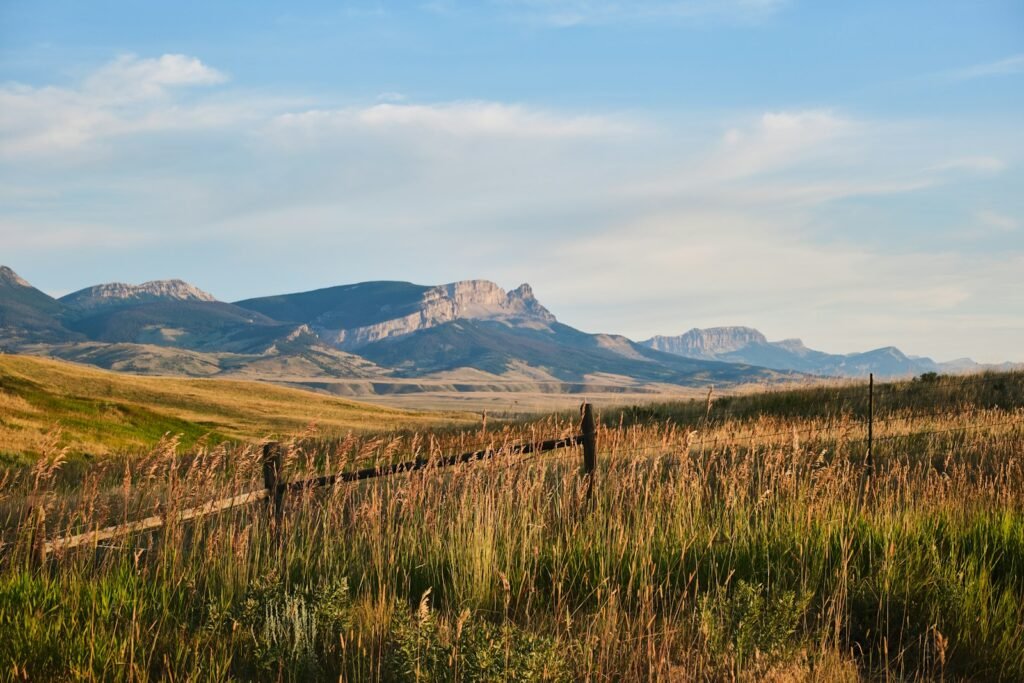
For Indigenous tribes in Montana, public lands hold cultural and historical significance. Many tribes have ancestral ties to these lands, and any change in land management directly affects their rights and traditional practices. Indigenous groups are critical stakeholders who seek to uphold their treaties and ensure their voices are included in land management discussions.
Political Influence and Legislation
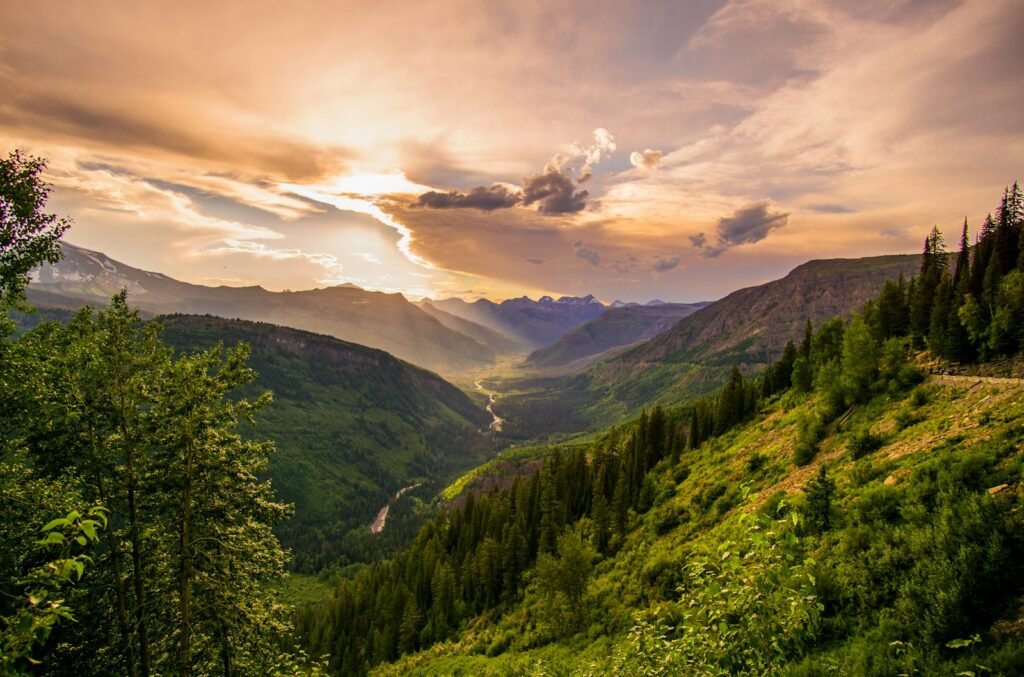
The battle over public lands is not merely a local issue; it is deeply political, influenced by legislation and political agendas at state and federal levels. Politicians from various parties have different stances on land ownership, often reflecting the interests of their constituents or campaign backers.
Implications for Wildlife
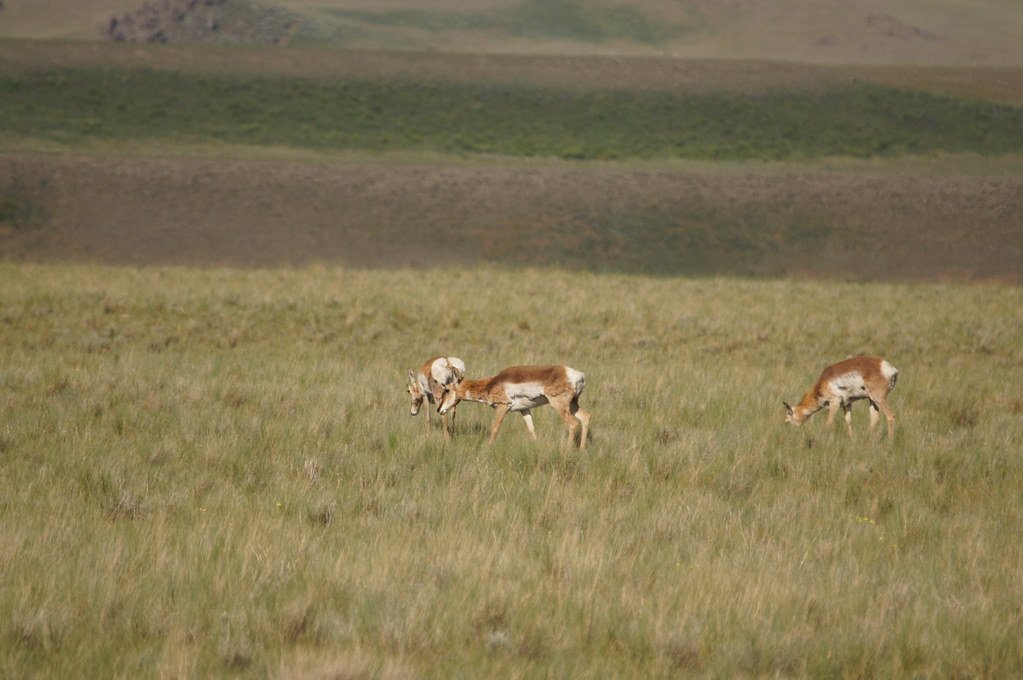
The fate of Montana’s public lands also impacts the state’s abundant wildlife. When management prioritizes economic use, there can be negative consequences for wildlife habitats and migration patterns. Conservation groups advocate for comprehensive land management plans that prioritize wildlife protection and ecological health.
Public Opinion and Advocacy
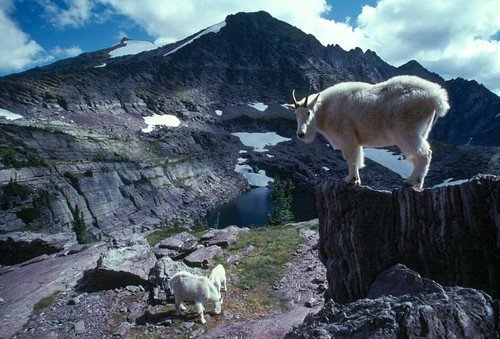
Public lands are treasured by Montanans and Americans who frequently express their opinions through public comments, advocacy groups, and community meetings. Public support often leans towards conservation and ensuring these lands remain available for public use, influencing political decisions and management policies.
The Role of Non-Governmental Organizations
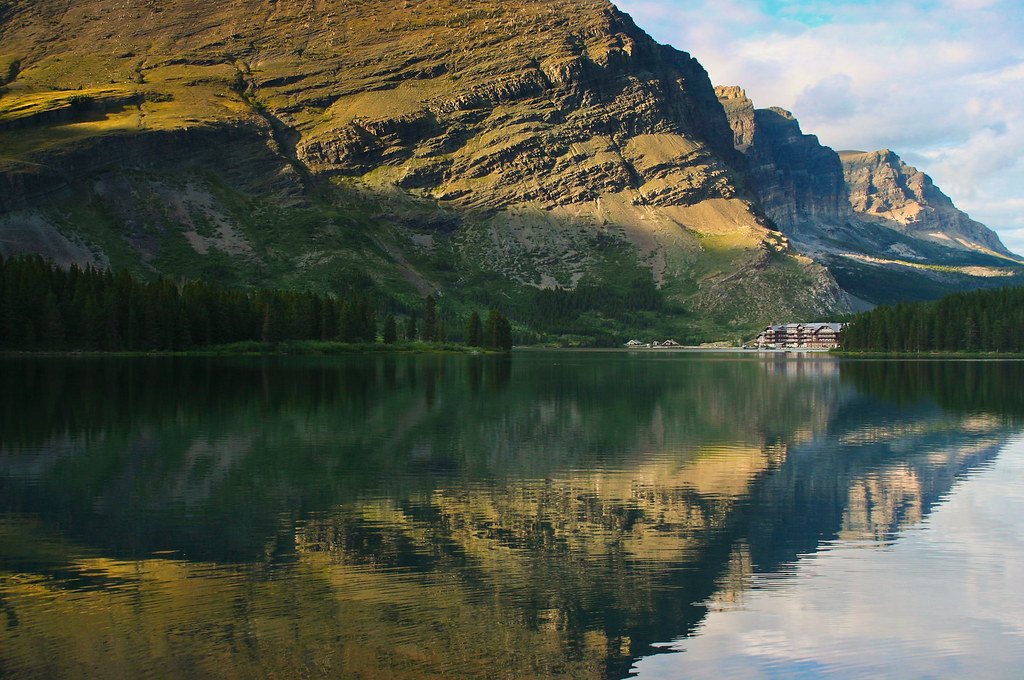
Non-governmental organizations (NGOs) play a significant role in the debate by advocating for sustainable management practices, conducting research, and raising public awareness. These organizations often collaborate with local communities, scientists, and policymakers to influence land management strategies.
The Impact of Climate Change
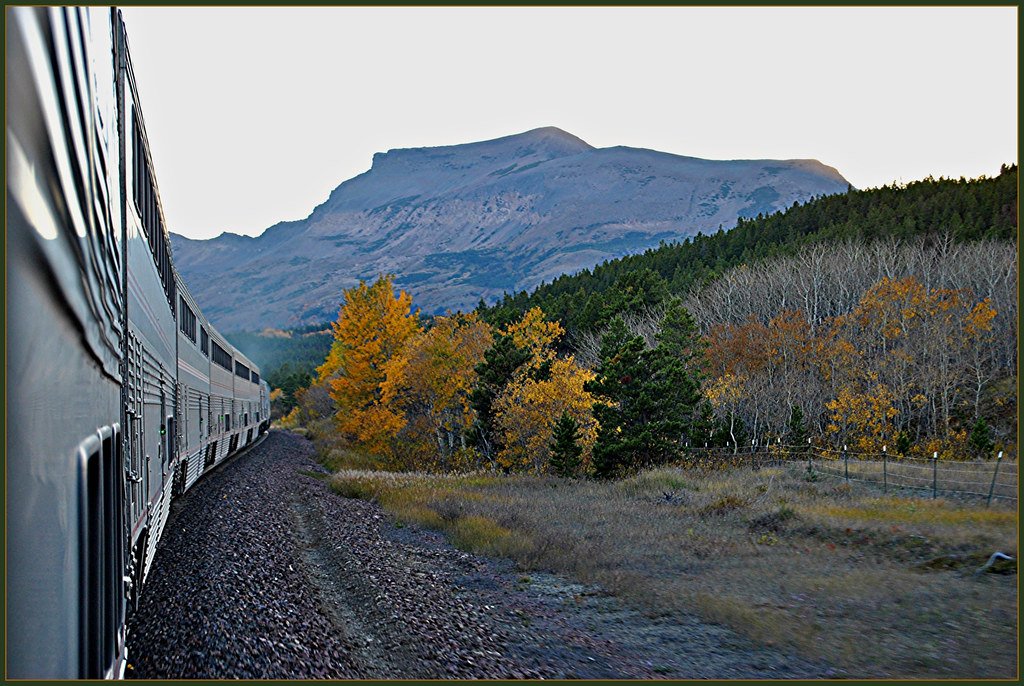
Climate change adds another layer of complexity to the management of public lands. It threatens ecosystems, alters natural resources, and intensifies the need for adaptive land management strategies. Effective control should consider climate impacts to ensure long-term sustainability and resilience.
Legal Challenges and Court Rulings
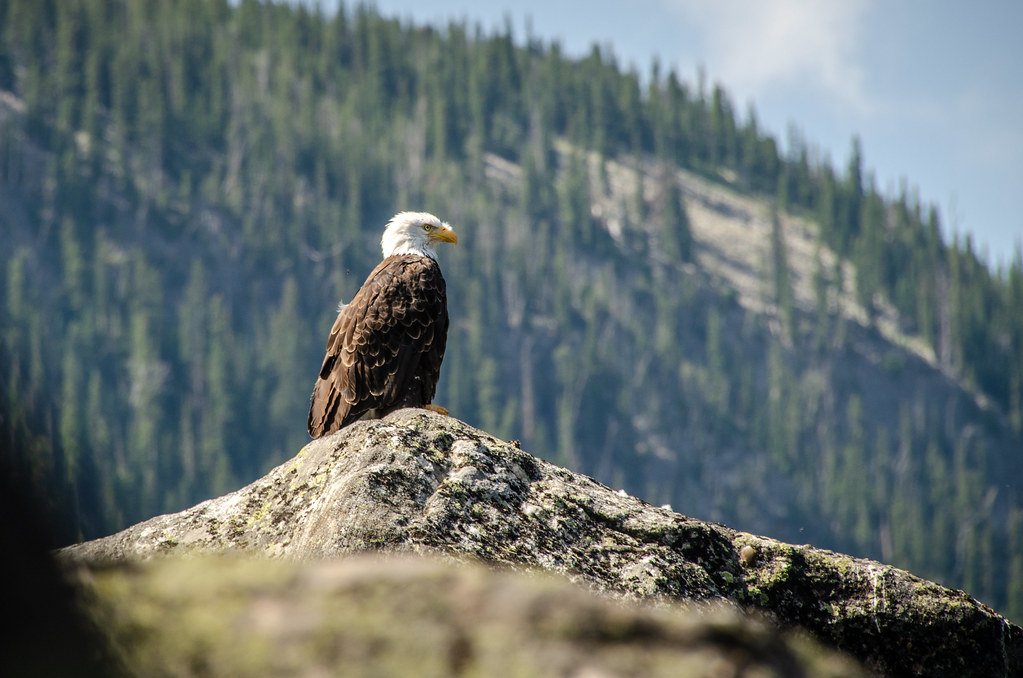
Legal battles over public lands often find their way into the courts, where judges weigh in on critical issues such as land use rights and management practices. These rulings can set precedents, impacting future laws and management strategies across the nation.
Innovative Land Management Solutions
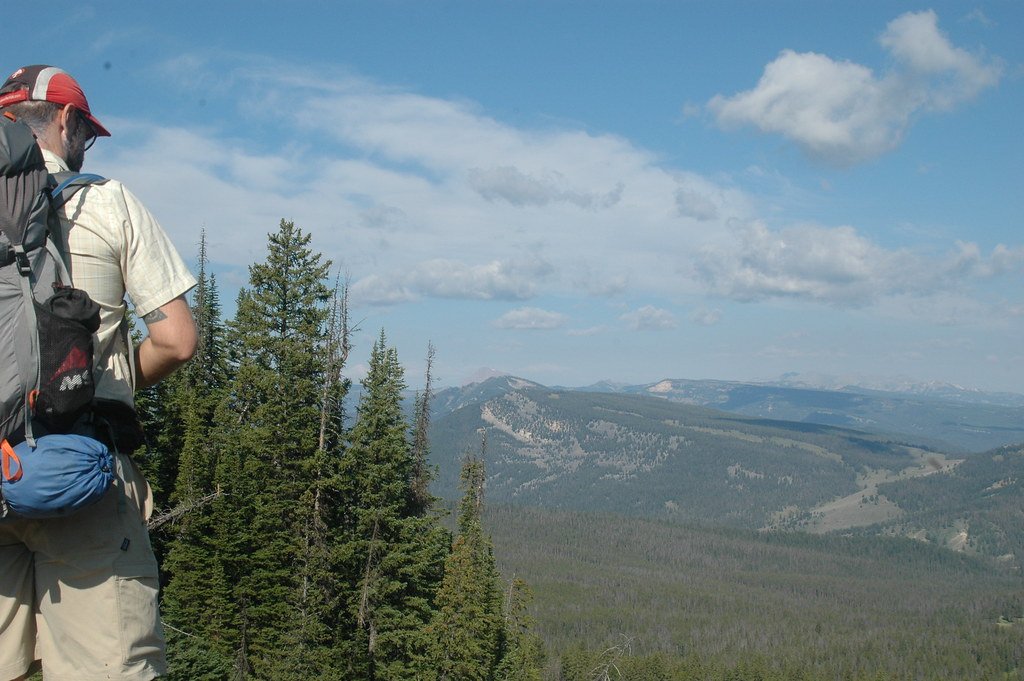
Amidst debates, some stakeholders propose innovative solutions that balance economic, environmental, and social interests. These include approaches like collaborative management, where different parties work together to create sustainable land use plans that benefit all stakeholders involved.
Collaborative Land Management Efforts
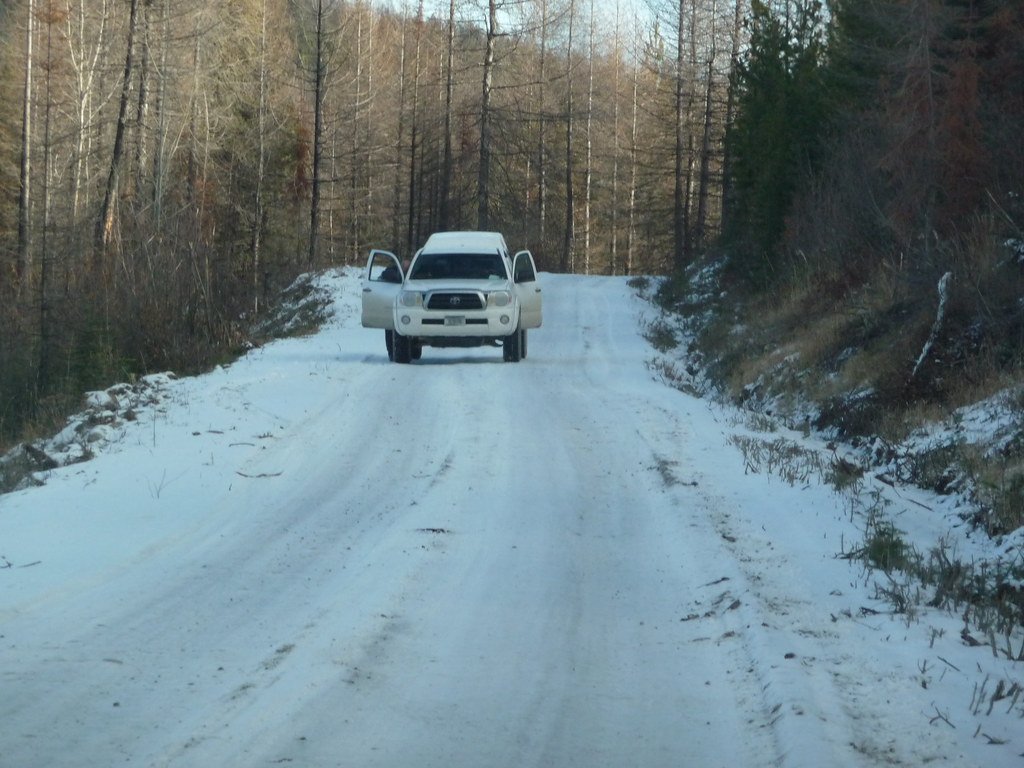
Some areas in Montana have seen success with collaborative management approaches, where the federal government, state agencies, private landowners, and local communities work together. Such initiatives often lead to more flexible and sustainable solutions that balance resource use with conservation.
The Future of Public Lands in Montana
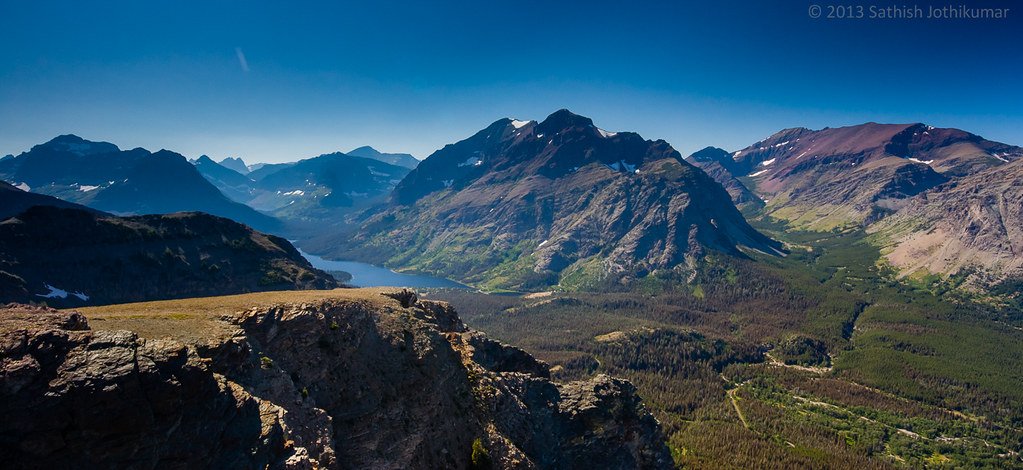
The future of Montana’s public lands rests on finding a compromise that satisfies varied interests while safeguarding the natural environment. As debates continue, Montana remains a microcosm of the larger national battle over America’s wild places, with outcomes that could influence public land policy across the country.
Conclusion
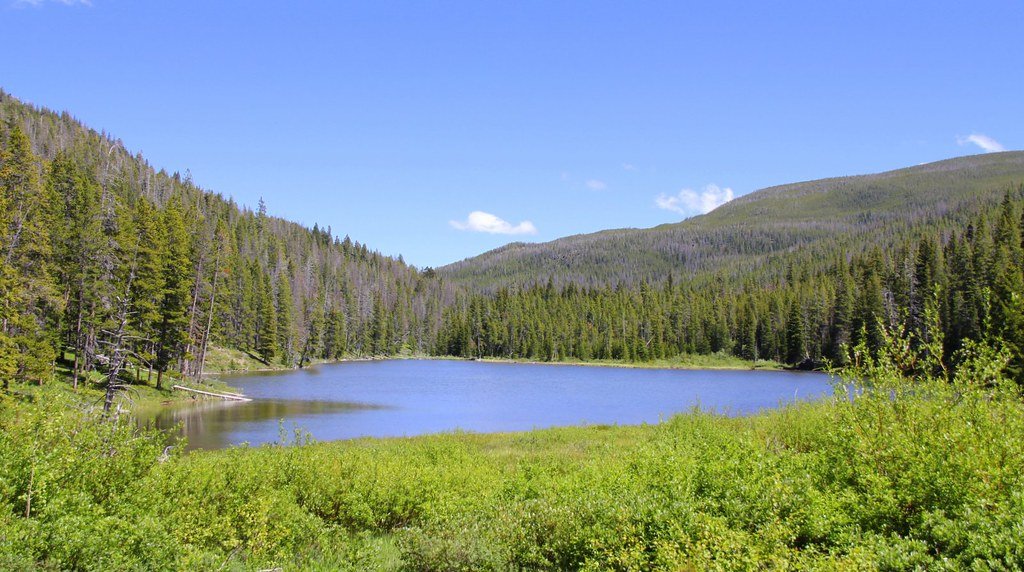
The battle over public lands in Montana is a complex, multifaceted issue involving historical legacies, political agendas, economic interests, and environmental ethics. The ultimate question of who owns America’s wilderness is more than a matter of legal rights; it reflects the nation’s ongoing struggle to balance nature conservation with human development. As Montanans—and the broader American public—grapple with these issues, the challenge will remain to forge a path that honors both the ecological and societal values of the nation’s wild places.

